Home>Home Appliances>Laundry Appliances>How To Measure A Washing Machine
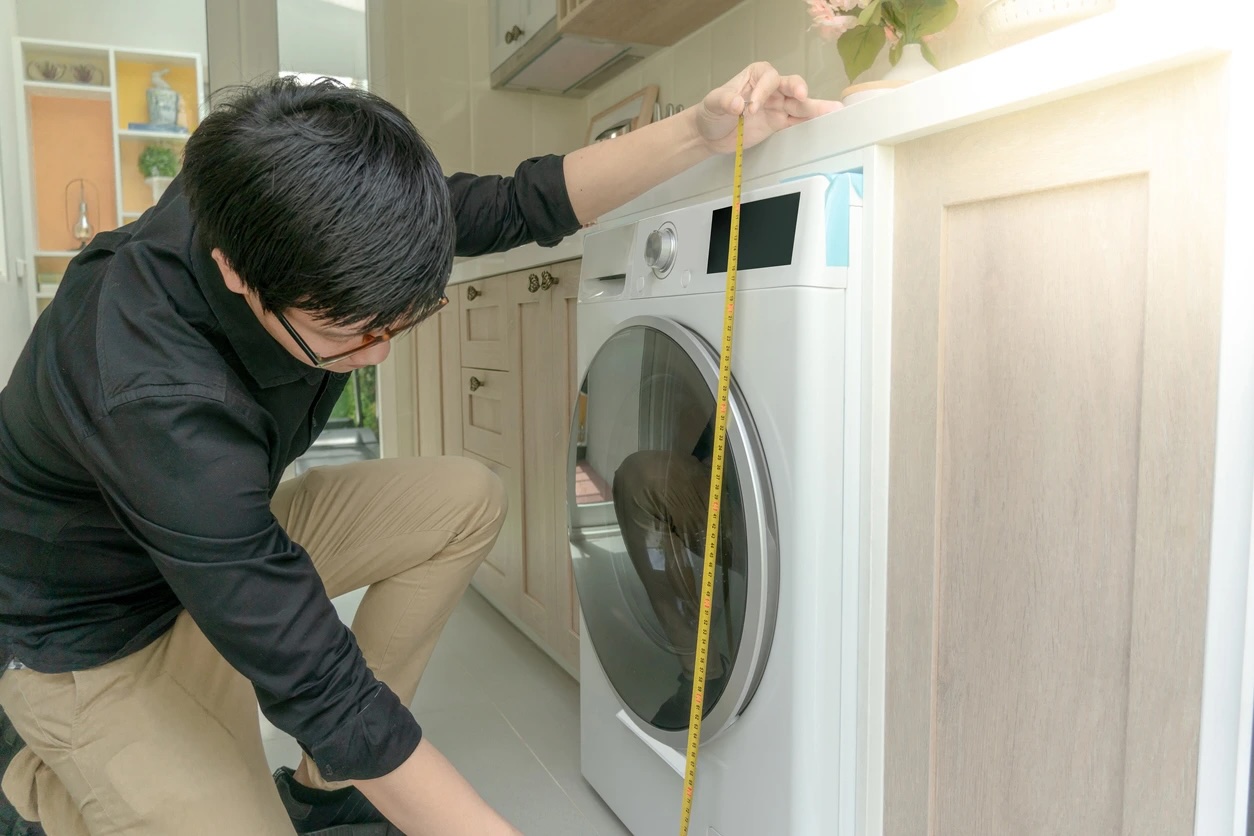

Laundry Appliances
How To Measure A Washing Machine
Published: February 21, 2024
Learn how to measure a washing machine for your laundry appliances with our step-by-step guide. Get accurate measurements for a perfect fit!
(Many of the links in this article redirect to a specific reviewed product. Your purchase of these products through affiliate links helps to generate commission for Storables.com, at no extra cost. Learn more)
Introduction
When it comes to purchasing a new washing machine, there are several important factors to consider. One of the key aspects that often gets overlooked is the measurement of the washing machine. Understanding the capacity, dimensions, and weight of the appliance is crucial for ensuring it fits into your space and meets your laundry needs.
In this comprehensive guide, we will delve into the essential steps for measuring a washing machine. Whether you are replacing an old unit or installing a new one, having a clear understanding of the measurements is vital for a seamless and hassle-free process. From determining the capacity to calculating the weight and checking for installation space, we will cover everything you need to know to make an informed decision.
So, let's roll up our sleeves and dive into the world of washing machine measurements. Whether you're a first-time buyer or a seasoned homeowner, this guide will equip you with the knowledge and confidence to tackle the task of measuring a washing machine with ease.
Key Takeaways:
- Choose a washing machine with the right capacity for your laundry needs. Consider your household size and typical laundry load to optimize energy and water usage, saving time and contributing to cost savings and environmental sustainability.
- Measure the dimensions, weight, and installation space before getting a washing machine. Ensure it fits, has proper ventilation, and can be supported structurally for a smooth and trouble-free installation process.
Read more: How To Reset A Washer
Understanding the Capacity
When it comes to understanding the capacity of a washing machine, it's essential to grasp the concept of load size. The capacity of a washing machine refers to the maximum weight of dry laundry that can be loaded into the drum for a single wash cycle. This is typically measured in kilograms or pounds, and it plays a crucial role in determining the efficiency and suitability of the appliance for your laundry needs.
The capacity of a washing machine can vary significantly, ranging from compact models with a capacity of around 5-6 kilograms to larger, high-capacity units that can handle 10 kilograms or more. Understanding your typical laundry load size is key to selecting a washing machine with the right capacity. If you frequently wash bulky items such as bedding or large loads of laundry, opting for a higher capacity machine can save you time and energy in the long run.
It's important to note that the stated capacity of a washing machine may differ from its actual usable capacity. Factors such as the design of the drum, the type of laundry being washed, and the specific wash cycle selected can impact the effective capacity of the machine. Additionally, overloading a washing machine can lead to subpar cleaning results and increased wear and tear on the appliance.
To determine the capacity that best suits your needs, consider the size of your household, the frequency of laundry loads, and the types of items you typically wash. For smaller households or individuals living in apartments, a compact washing machine with a lower capacity may suffice. On the other hand, larger families or individuals with substantial laundry needs may benefit from investing in a high-capacity washing machine to streamline the laundry process.
Understanding the capacity of a washing machine is not only about choosing the right size for your laundry needs but also about optimizing energy and water usage. By selecting a machine with an appropriate capacity, you can minimize the number of wash cycles required and reduce overall resource consumption, contributing to both cost savings and environmental sustainability.
In the next sections, we will explore the crucial steps for measuring the dimensions of a washing machine, calculating its weight, and checking for the necessary installation space. These aspects, combined with a clear understanding of the capacity, will empower you to make an informed decision when it comes to selecting and installing a washing machine that aligns perfectly with your requirements.
Measuring the Dimensions
Measuring the dimensions of a washing machine is a critical step in ensuring that the appliance fits into your designated space. The dimensions of a washing machine typically include its width, height, and depth. By accurately measuring these dimensions, you can avoid potential installation challenges and ensure a seamless fit within your laundry area.
Width
The width of a washing machine refers to the horizontal measurement from one side of the appliance to the other. When measuring the width, it is essential to consider any additional clearance space required for proper ventilation and access. To measure the width accurately, use a tape measure and record the distance from the widest points of the washing machine, including any protruding knobs or controls.
Height
The height of a washing machine is the vertical measurement from the bottom to the top of the appliance. Similar to the width, it's crucial to account for any clearance space needed above the washing machine. Measure the height from the base to the highest point, taking into consideration any adjustable legs or feet that may impact the overall height.
Read more: Kenmore Washer How To Use
Depth
The depth of a washing machine refers to the distance from the front to the back of the appliance. This measurement is particularly important for ensuring that the washing machine fits snugly into its designated space without obstructing walkways or other appliances. Measure the depth by recording the distance from the furthest point at the front to the furthest point at the back, including any protrusions such as the door handle or detergent dispenser.
When measuring the dimensions of a washing machine, it's crucial to account for any additional space required for proper airflow, access for maintenance, and the opening of doors or lids. Additionally, consider the pathway to the installation location to ensure that the washing machine can be maneuvered into place without difficulty.
By accurately measuring the width, height, and depth of a washing machine, you can confidently assess whether the appliance will fit into your designated space. This proactive approach can prevent potential installation setbacks and ensure a seamless integration of the washing machine into your laundry area.
In the subsequent sections, we will delve into the process of calculating the weight of a washing machine and checking for the necessary installation space. These steps, combined with a clear understanding of the capacity and dimensions, will equip you with the knowledge to navigate the process of measuring a washing machine with confidence and precision.
Calculating the Weight
When it comes to measuring a washing machine, understanding its weight is a crucial aspect that often goes overlooked. The weight of a washing machine plays a significant role in both the installation process and the structural considerations of the designated space. Calculating the weight of the appliance is essential for ensuring that the floor and surrounding area can support the load, as well as for facilitating the safe and efficient installation of the machine.
To calculate the weight of a washing machine, it's important to consider both the net weight of the appliance and the additional weight when fully loaded with water and laundry. The net weight of the washing machine refers to the actual weight of the appliance itself, excluding any water, detergent, or laundry. This information is typically provided by the manufacturer and can be found in the product specifications or user manual.
In addition to the net weight, it's crucial to account for the weight of the washing machine when fully loaded. This includes estimating the weight of the maximum laundry load capacity, as well as factoring in the water required for a typical wash cycle. While the exact weight of a fully loaded washing machine can vary based on the specific model and load size, this estimation provides valuable insight into the total load-bearing requirements for the installation area.
By calculating the weight of the washing machine, you can assess whether the designated installation space can support the appliance and anticipate any structural considerations that may need to be addressed. This proactive approach can prevent potential issues related to floor load capacity and ensure a safe and stable installation process.
In summary, understanding the weight of a washing machine is essential for evaluating its impact on the installation area and ensuring a seamless integration into the designated space. By considering both the net weight of the appliance and the additional weight when fully loaded, you can make informed decisions regarding the structural requirements and installation considerations, ultimately contributing to a successful and trouble-free installation process.
In the subsequent section, we will explore the crucial steps for checking the necessary installation space, providing a comprehensive guide to measuring a washing machine with precision and confidence.
Checking for Installation Space
Ensuring adequate installation space for a washing machine is a fundamental aspect of the measurement process. Before bringing the appliance into your home, it's essential to assess the designated area to guarantee a seamless and hassle-free installation. Checking for installation space involves evaluating not only the physical dimensions of the space but also considering factors such as accessibility, ventilation, and utility connections.
Assessing Physical Dimensions
Begin by measuring the allocated space where the washing machine will be installed. Take precise measurements of the width, height, and depth of the area, ensuring that there is ample clearance for the appliance. It's crucial to account for any protrusions, such as baseboards or moldings, that may impact the fit of the washing machine. Additionally, consider the pathway to the installation location to ensure that the appliance can be maneuvered into place without difficulty.
Read more: How To Start The Washing Machine
Ventilation and Clearance
Proper ventilation is essential for the efficient operation of a washing machine. Ensure that there is adequate space around the appliance for airflow, especially at the back and sides. This not only facilitates cooling during operation but also allows for easy access for maintenance and repairs. Additionally, consider any clearance requirements for the door or lid of the washing machine to ensure unobstructed access during loading and unloading.
Utility Connections
Evaluate the proximity of utility connections, including water supply, drainage, and electrical outlets. Ensure that the location of these connections aligns with the requirements of the washing machine. Adequate access to water and drainage is crucial for the proper functioning of the appliance, while a nearby electrical outlet is essential for powering the machine. Assessing the placement of these connections can prevent potential challenges during the installation process.
Structural Considerations
Assess the structural integrity of the installation area to ensure that it can support the weight of the washing machine. Consider the load-bearing capacity of the floor and any additional reinforcement that may be required. This is particularly important for upper-level installations, where the weight of the appliance can impact the floor's stability. By evaluating the structural considerations, you can anticipate and address any requirements for ensuring a stable and secure installation.
By thoroughly checking for installation space and considering the physical dimensions, ventilation, utility connections, and structural considerations, you can proactively address potential challenges and ensure a smooth and successful installation of the washing machine. This proactive approach not only facilitates the installation process but also contributes to the long-term efficiency and performance of the appliance within your home.
Frequently Asked Questions about How To Measure A Washing Machine
Was this page helpful?
At Storables.com, we guarantee accurate and reliable information. Our content, validated by Expert Board Contributors, is crafted following stringent Editorial Policies. We're committed to providing you with well-researched, expert-backed insights for all your informational needs.
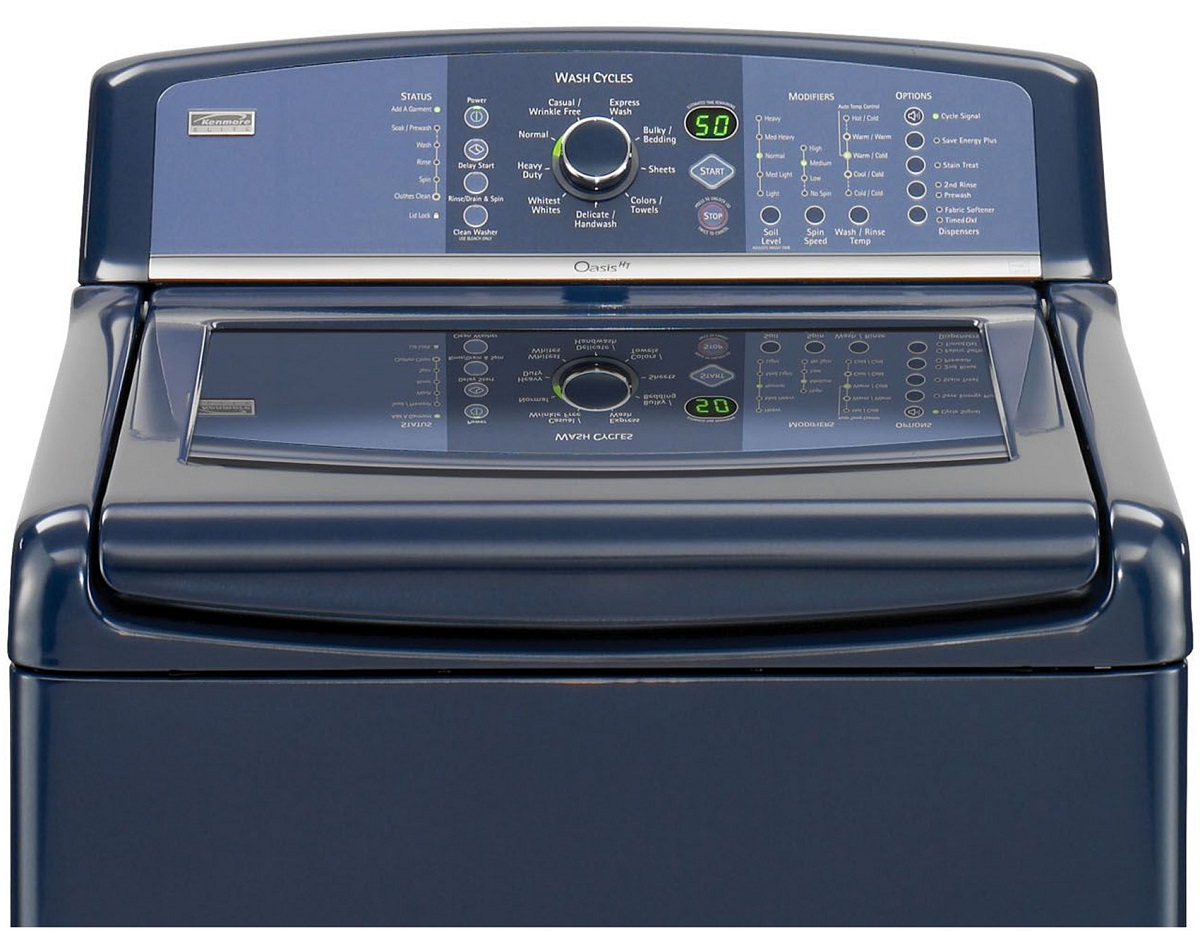
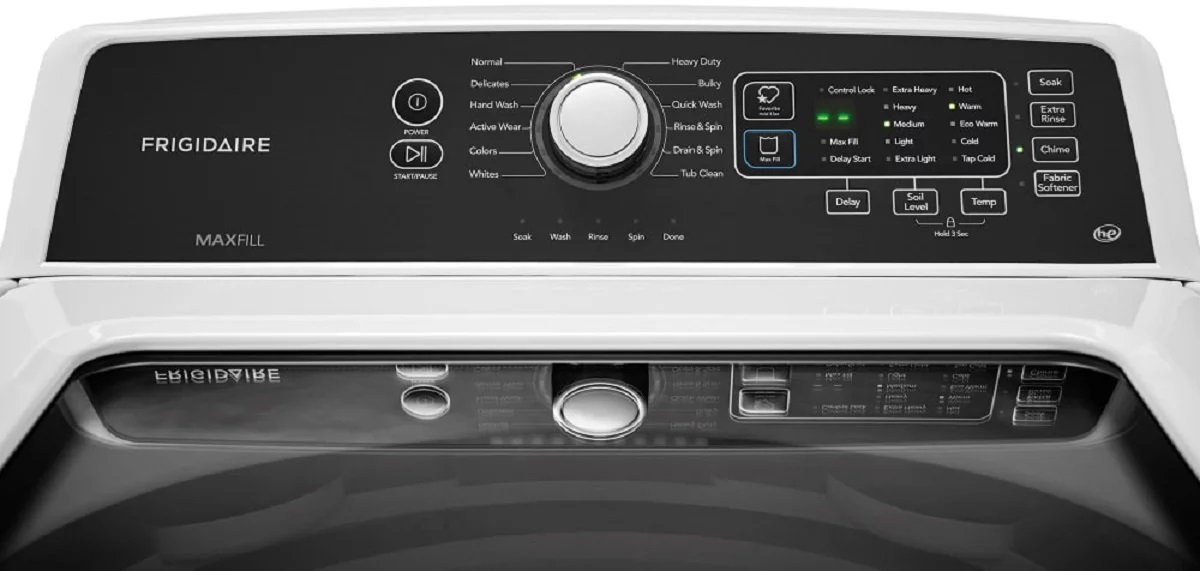


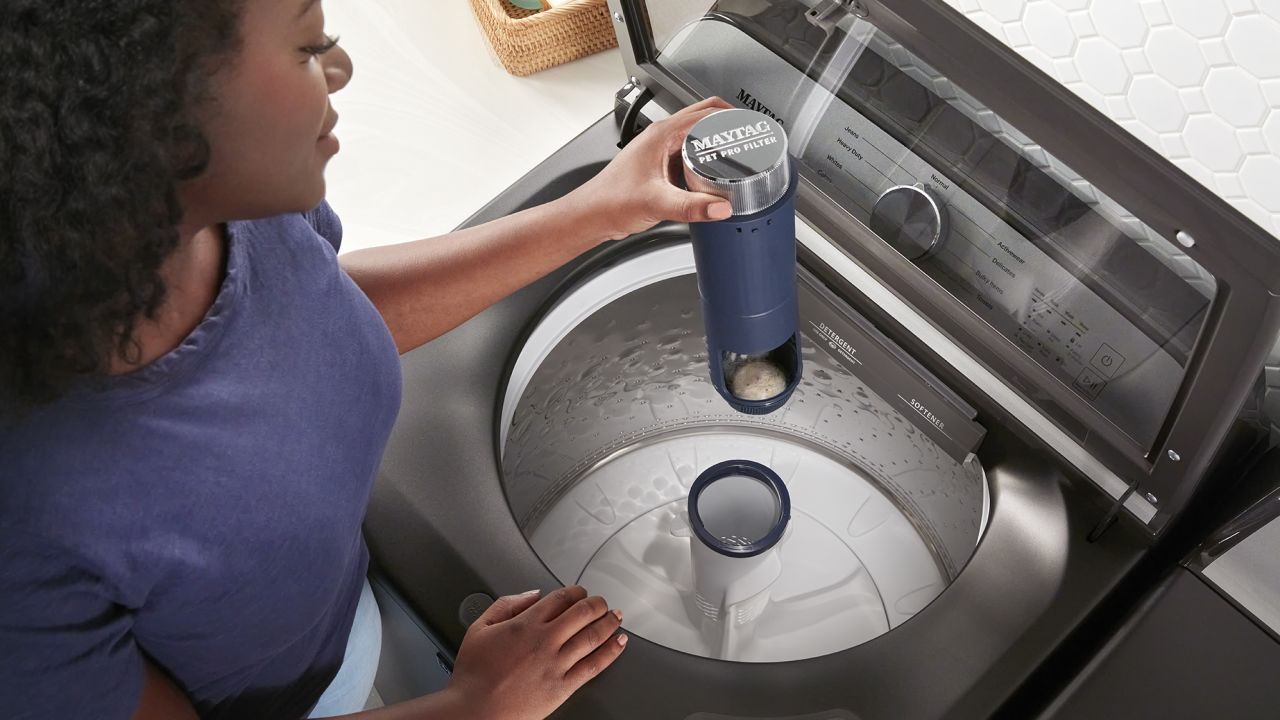

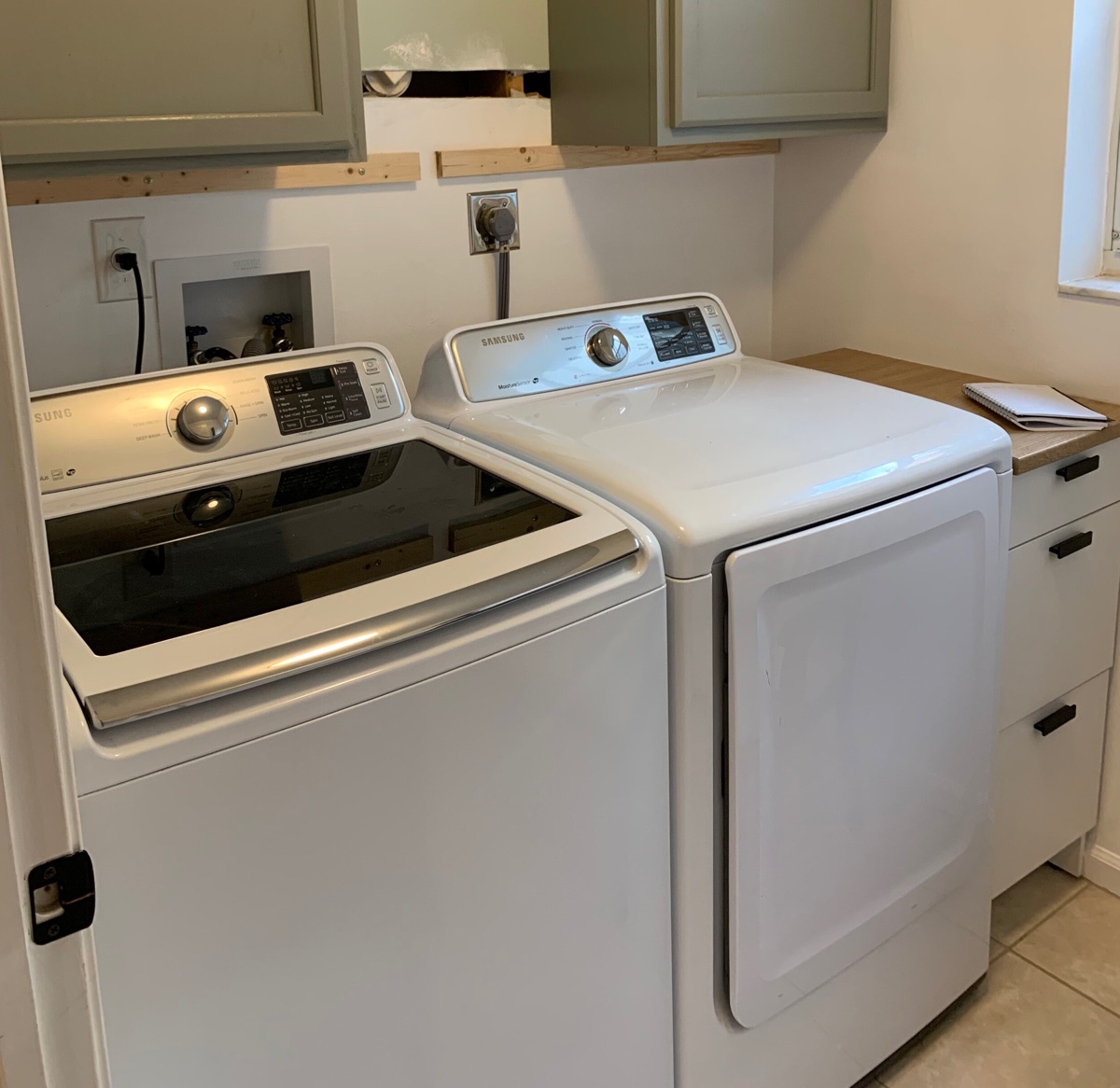
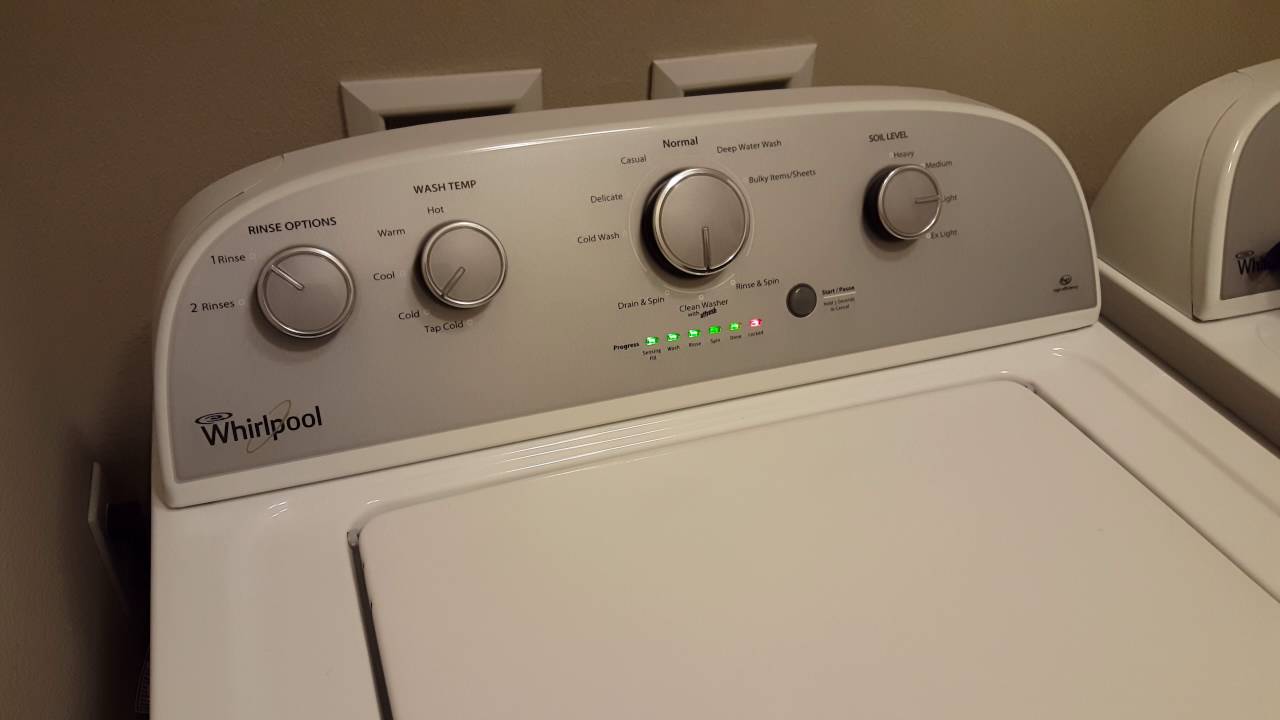

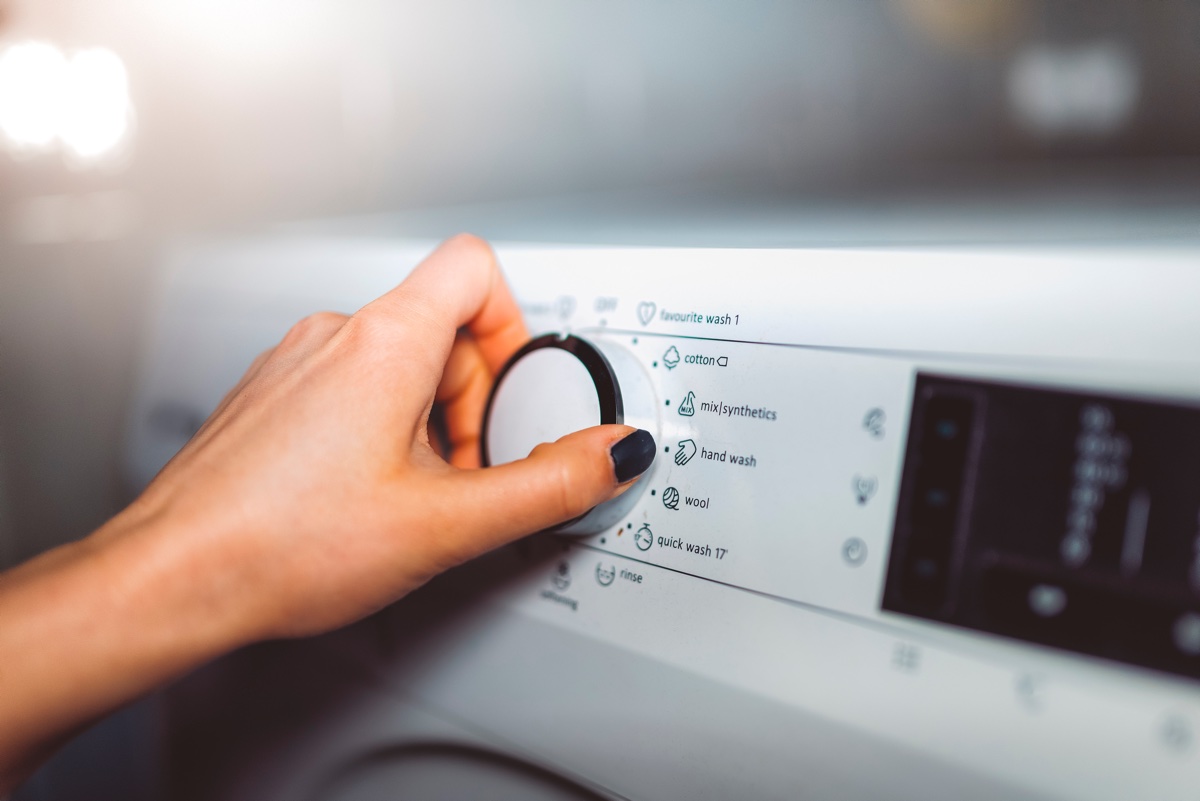
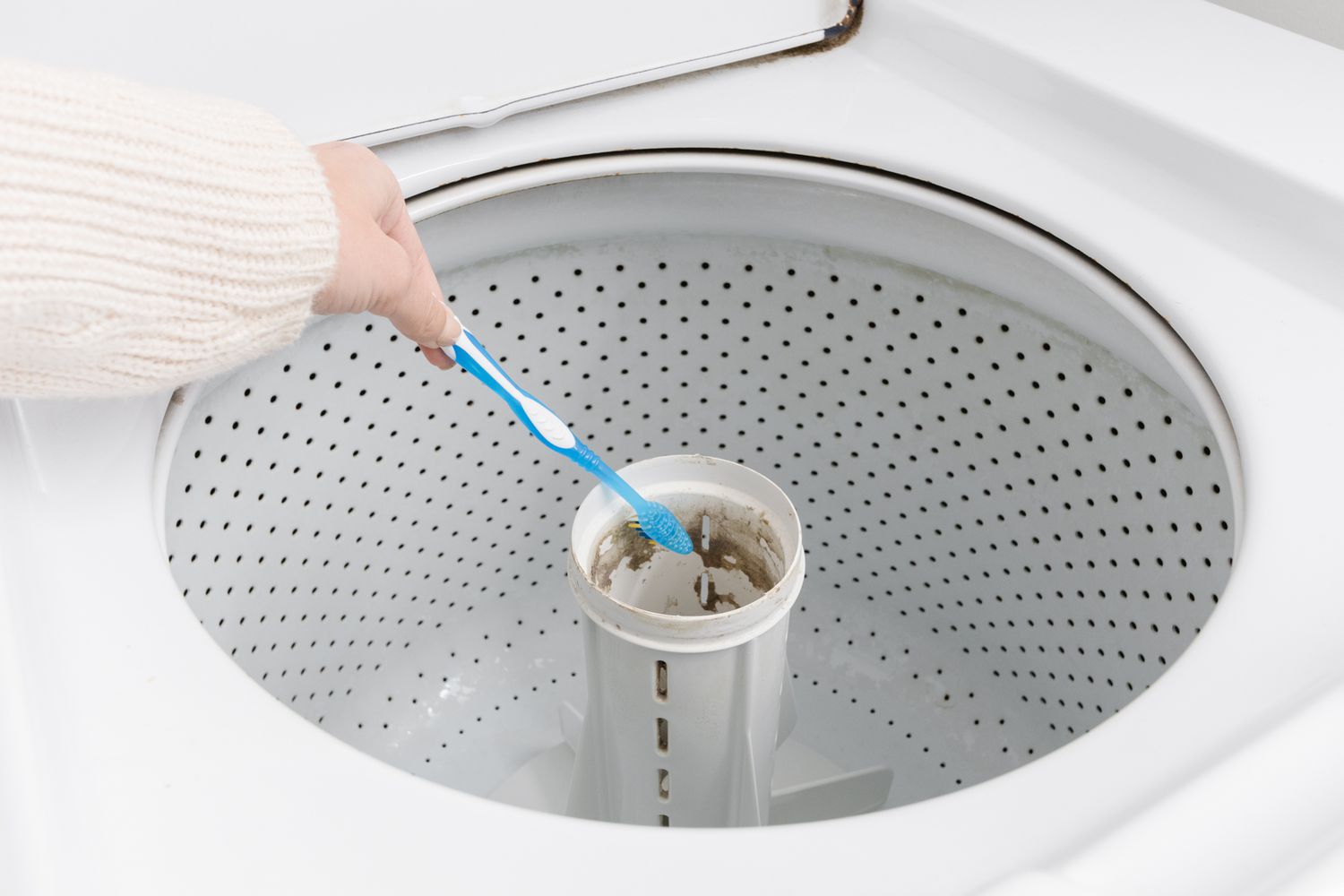



0 thoughts on “How To Measure A Washing Machine”